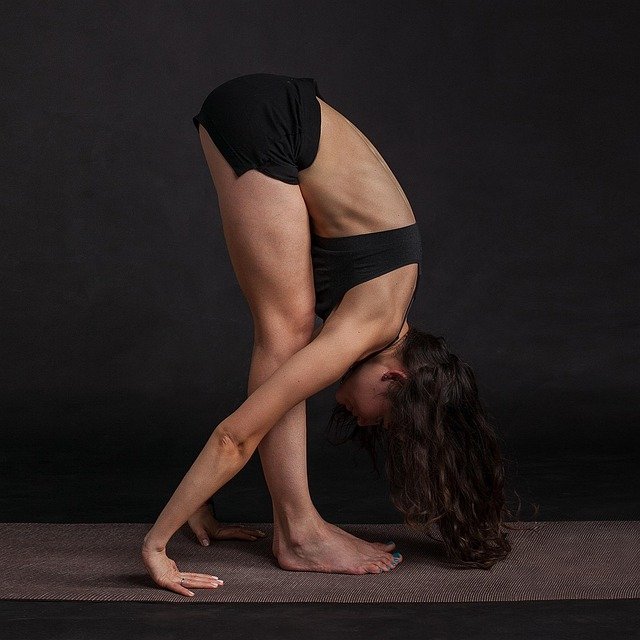Activewear Choices That Minimize Friction and Skin Irritation
Choosing activewear that reduces friction and skin irritation starts with fabric, fit, and care. This article explains how materials, garment construction, hydration, and recovery strategies interact with sweat, the skin microbiome, and inflammation to protect skin during movement and exercise.

Wearing activewear that minimizes friction and skin irritation involves more than aesthetics. Fabric type, seam placement, fit, and laundering all influence how skin responds to repeated movement and sweat. Thoughtful choices can reduce chafing, limit disruption of the skin microbiome, and support a healthy routine that complements skincare, nutrition, sleep, and recovery habits. This article examines practical steps to select and care for garments so your workouts feel safer and more comfortable.
How does fabric affect skincare and sweat?
Natural and synthetic fibers manage sweat and skin differently. Cotton absorbs moisture but can stay wet and increase friction, while moisture-wicking synthetics like polyester blends move sweat away from the skin to speed drying and reduce irritation. Fabrics with smooth, brushed interiors lessen abrasion on delicate areas. Consider pieces labeled for breathability and look for antimicrobial finishes cautiously, as they can affect the skin microbiome and should be balanced with good hygiene and a sensible skincare routine.
Which materials reduce friction during exercise?
Seamless designs, flatlock stitching, and fabrics with a soft hand all reduce rubbing during repetitive movement. Materials with elastane or spandex content offer stretch that follows body contours, lowering bunching and shear forces that cause chafing. Compression garments can distribute pressure and limit friction in some contexts, but fit matters: too tight restricts blood flow, too loose causes fabric movement. Prioritize garments that allow a full range of motion for flexibility and strength training without excess material against the skin.
How should hydration and recovery guide choice?
Hydration and recovery influence skin resilience. Well-hydrated skin tolerates friction better, and recovery practices like adequate sleep and nutrition support collagen synthesis and repair. Choose activewear that encourages evaporative cooling so you don’t stay saturated with sweat, and plan post-exercise recovery—gentle cleansing, moisturizing, and rest—to reduce inflammation. Fabrics that dry quickly can help limit prolonged skin exposure to salty sweat, which otherwise contributes to irritation and microbial imbalance.
Can activewear influence inflammation and collagen?
Clothing itself doesn’t change collagen levels, but persistent rubbing and trapped moisture can promote local inflammation that hinders recovery. Garments that reduce friction lower the chance of microtears and skin barrier disruption, helping the body maintain normal repair processes that support collagen integrity. For people with preexisting sensitivities or inflammatory skin conditions, select nonirritating dyes and hypoallergenic materials and pair apparel choices with a medical provider’s advice if inflammation persists.
What routine and sunscreen care minimizes irritation?
A practical post-workout routine reduces irritation risk: shower promptly when possible, use a gentle cleanser, reapply light moisturizer where needed, and launder activewear in a way that preserves fabric performance. Sunscreen is vital for outdoor training; apply to exposed areas before dressing and allow it to absorb to prevent transfer and potential fabric breakdown. Rotate garments to let fabrics recover between uses and avoid fabric softeners that can impair moisture-wicking properties.
How to balance fit for movement, strength, and flexibility?
Fit should support your intended movement—running, strength work, or flexibility training—while limiting seams and overlap points in high-friction zones like underarms, inner thighs, and bra lines. Look for adjustable features (waistbands, straps) to fine-tune fit for strength sessions without compromising range of motion. Consider layer strategies: lightweight base layers for sweat management, and outer layers for weather protection—each layer contributing to comfort, thermoregulation, and reduced skin stress during extended exercise.
This article is for informational purposes only and should not be considered medical advice. Please consult a qualified healthcare professional for personalized guidance and treatment.
Activewear choice is one part of a broader approach to skin health during exercise. Balance fabric and fit with sensible laundering, hydration, sleep, nutrition, and targeted recovery to reduce friction and inflammation. With thoughtful selection and care, your activewear can support comfortable movement and lower the likelihood of skin irritation across a range of activities.





